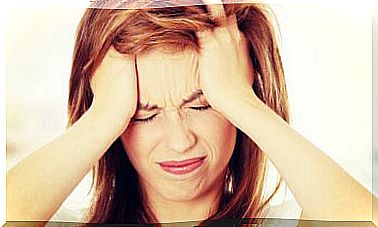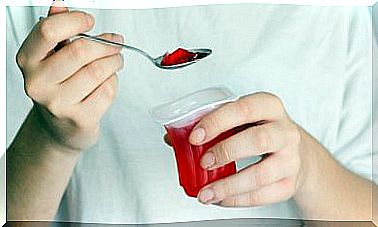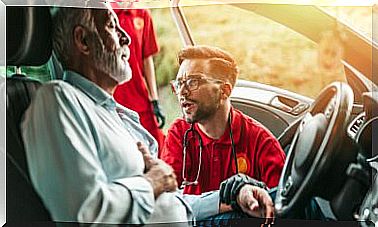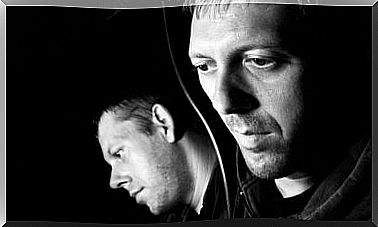Injuries And Diseases Of The Toes
The toes are usually the great forgotten. We do not remember them until some abrasion appears, or those joint deformations that bunions form (Hallux vulgus) and how painful they are.
What can we do? What kind of precautions should we put into practice? Below we will discuss in greater detail these types of problems so common in the population worldwide and how to treat them.
Toes and their most common problems
To begin with, we spend most of the day with our toes locked and squeezed by footwear that is not always the most suitable. It is common that, after the years and due to the inappropriate use of certain shoes, the fingers end up deforming and atrophying. This happens because of a lack of mobility.
It is very important that we compensate, in some way , that kinetic imprisonment. It is not just about taking care of the type of footwear we use. We must also do small exercises with the toes to prevent them from being atrophied.
Now, let’s first stop and analyze what are the most common problems associated with toes. Keep reading!
1. Bunions (Hallux vulgus )
It is always said that the cause of bunions is the improper use of certain types of shoe for a long time. However, this is not entirely true.
It is known that even people who “have never worn shoes” presents this deformity. So what determines its appearance?
- There is a predisposition to the development of this ailment. It is an anomaly that is often inherited. It is, therefore, congenital, and almost always passes from mother to daughter.
- If we have a genetic predisposition and, in addition, we wear inappropriate shoes, the problem is accentuated or appears much earlier.
- Have flat feet: In particular, have your first toe and metatarsal a little more advanced. A too long big toe (known as an Egyptian foot ) is the most common cause of bunions.
This is because that more prominent toe, is more depressed in the footwear and deviates. Over time, the bunion ends up appearing.
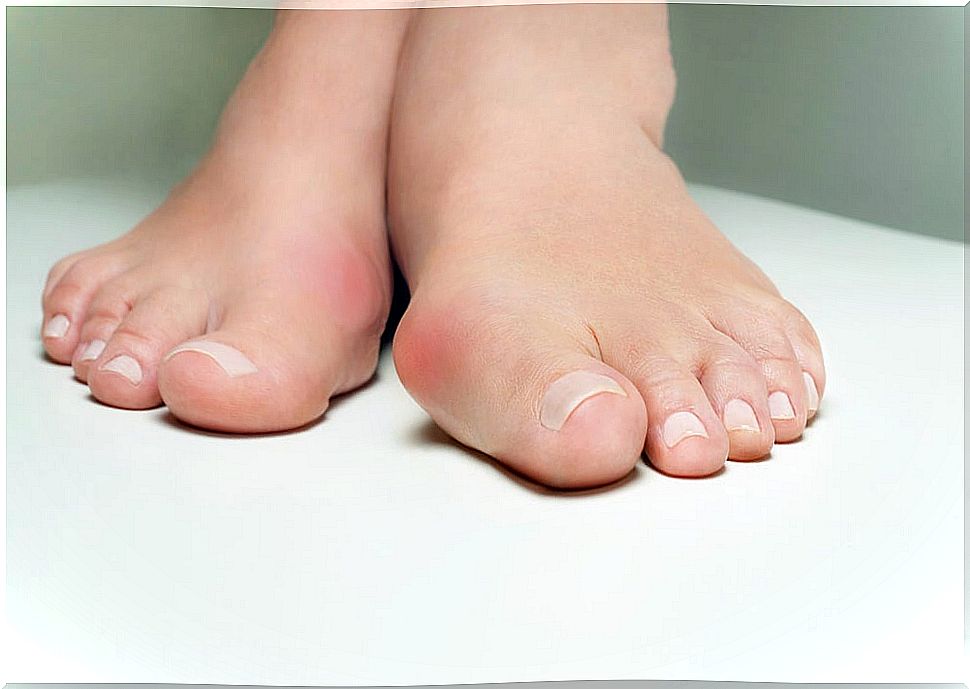
How can we treat bunions?
- It is clear that we will not always be able to avoid its appearance. So, if your family, your mother, grandmother or aunts have bunions, it would be appropriate that, from an early age, you avoid very closed footwear.
- It is important to do exercises that promote your mobility. For example walking or exercising your movement trying to pick up small objects from the floor (handkerchiefs, towels) with your toes.
- If you already have bunions today, the important thing is to prevent inflammation. Take relaxing foot baths (you can add a little rosemary or lavender).
- Ultimately, bunion problems can prevent you from walking properly. And this can translate into back problems. Hence, in the long term, surgical intervention is recommended.
- We always recommend going to the traumatologist in case of doubts or increased symptoms. This will guide you through options ranging from corrective templates to surgical procedures.
2. Ingrown nails
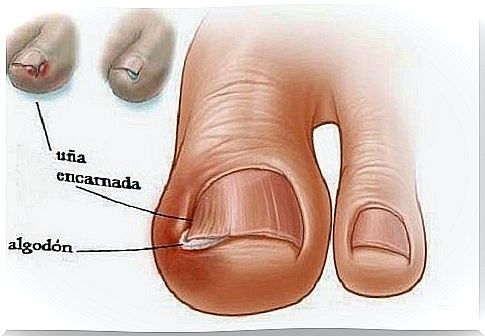
The problem of ingrown toenails is as common as it is painful. Has it ever happened to you?
- An ingrown toenail can be caused by wearing very tight shoes. The big toe is almost always the most affected.
- Another problem that can favor its appearance is the way we cut our toenails. There are times when we cut them too flat. It also happens that the edges, instead of being rounded, are left with corners or tips that can dig into the skin.
- Finally, there is one aspect that we must take into account: many people are born with their nails bent down and sunk in the flesh. This makes them more likely to suffer problems.
How can we prevent ingrown toenails?
- Dip your feet in hot water.
- Cut your nails without overdoing it. That they are not very shallow or with tips in the corners that can damage or harm your skin.
- Finally, avoid wearing shoes that put a lot of pressure on the big toes.
3. Corns, swellings and pain in the toes
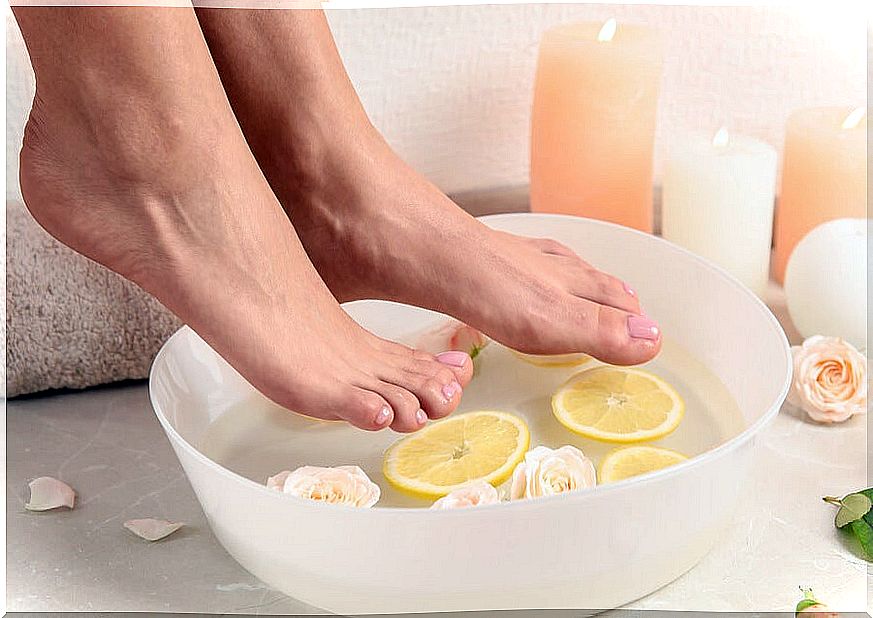
Who has not ever suffered a rash, inflammation or annoying calluses on the feet? It is something very common and generates great exhaustion.
The feet have 26 bones, and 14 are in the toes. If there is pain in them, we cannot walk well. This means not being able to face our days safely or comfortably.
What determines these types of problems?
- The use of heels, or very tight socks.
- Little moisture in the feet.
- Lack of exfoliation.
- Corns, meanwhile, usually appear on the heels, or on the sides of the big or little toe because of the abrasions. It can turn into very painful problems.
What can we do to treat calluses or chafing?
- If you usually spend many hours with closed shoes, come home to the date a relaxing foot bath. Also try to exfoliate your heels well, massage your toes, and apply rosehip essential oil before going to sleep. Put on some comfortable socks for the night.
- To eliminate corns, make an infusion of a liter of water with 100 g of nettles. Then pour the resulting liquid into a tub and soak your feet in it for 20 minutes.
- Next, rub your heels with a pumice stone.
- To finish, massage your feet and fingers with calendula essential oil.
How about you start taking better care of your feet?
As you can see, it is important to take care of your feet so as not to suffer discomfort or have to have a bad time in the day to day when doing different activities. It is not necessary to spend many minutes a day and basic care is carried out through very simple measures.
If you have bunions or some other major problem, do not hesitate to follow the instructions of your doctor and podiatrist. The experts will always tell you what is best for you.



